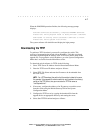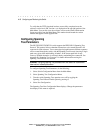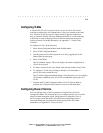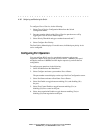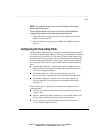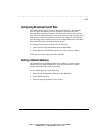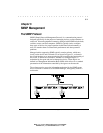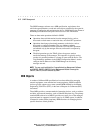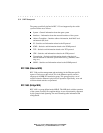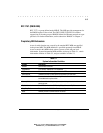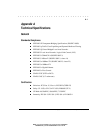
. . . . . . . . . . . . . . . . . . . . . . . . . . . . . .
'SQTEU7;7;7;(YEP7TIIH7[MXGL9WIV+YMHI
;VMXIV
*VER7TVEKIRW
4VSNIGX
72141EREKIQIRX
'SQQIRXW
*MPI2EQI
CHSG
0EWX7EZIH3R
%1
'LETXIV
72141EREKIQIRX
8LI72144VSXSGSP
SNMP (Simple Network Management Protocol) is a communication protocol
designed specifically for the purpose of managing devices or other elements on
a network. Network equipment commonly managed with SNMP includes hubs,
switches, routers, and host computers. SNMP is typically used to configure
these types of devices for proper operation in their network environment, as
well as to monitor them to evaluate their performance and detect potential
problems.
Managed entities supporting SNMP typically contain software, which runs
locally on the device and is referred to as an agent. In Figure 5-1, software in
the switch functions as an agent, monitoring and controlling the functionality of
the switch. A defined set of variables, referred to as managed objects, is
maintained by the agent and used to manage the device. These objects are
defined in a Management Information Base (MIB) which allows for a standard
presentation of the information controlled by the agent over the network.
The software used to access the information maintained by the SNMP agents
across a network is referred to as the SNMP Manager, and typically runs on a
workstation.
*MKYVI7[MXGLIW1EREKIHF]ER72141EREKIQIRX;SVOWXEXMSR



